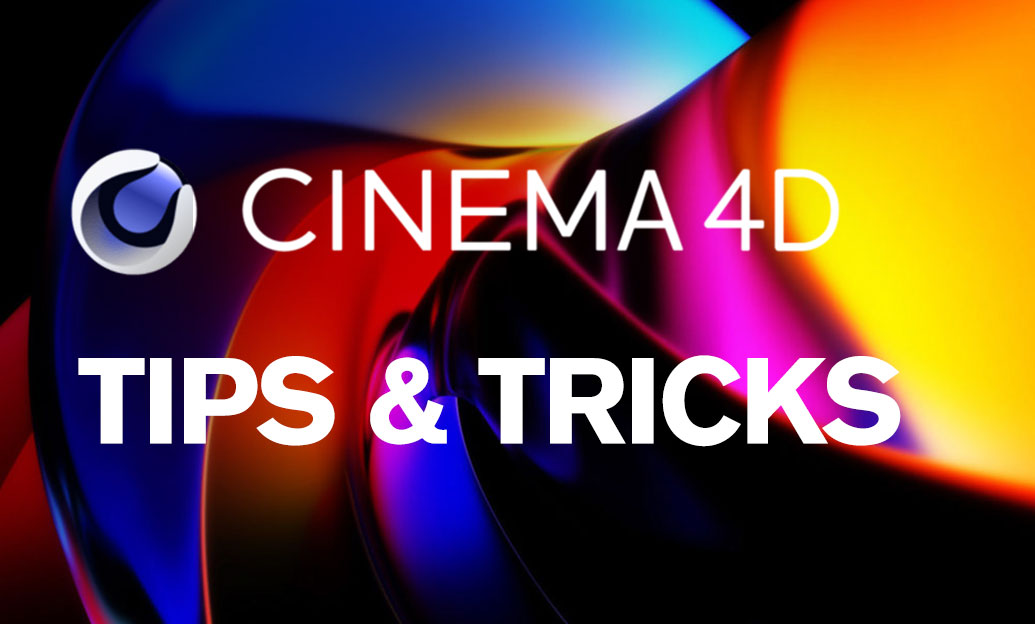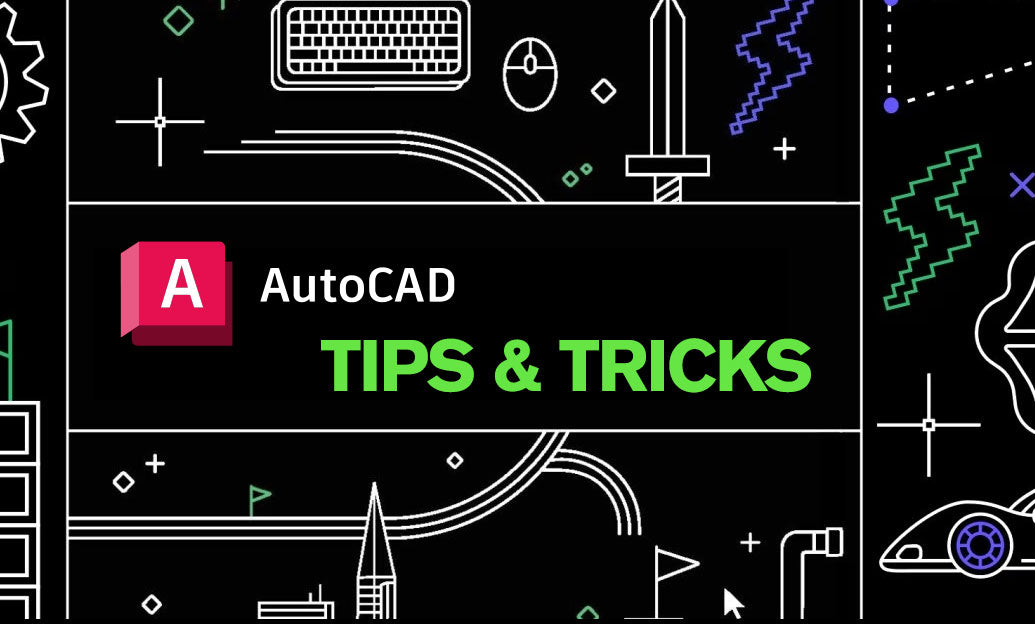Your Cart is Empty
Customer Testimonials
-
"Great customer service. The folks at Novedge were super helpful in navigating a somewhat complicated order including software upgrades and serial numbers in various stages of inactivity. They were friendly and helpful throughout the process.."
Ruben Ruckmark
"Quick & very helpful. We have been using Novedge for years and are very happy with their quick service when we need to make a purchase and excellent support resolving any issues."
Will Woodson
"Scott is the best. He reminds me about subscriptions dates, guides me in the correct direction for updates. He always responds promptly to me. He is literally the reason I continue to work with Novedge and will do so in the future."
Edward Mchugh
"Calvin Lok is “the man”. After my purchase of Sketchup 2021, he called me and provided step-by-step instructions to ease me through difficulties I was having with the setup of my new software."
Mike Borzage
Beyond Stock Shaders: 5 KeyShot Add-Ons for Limitless Photorealism
May 14, 2025 5 min read


Access to KeyShot’s default material library is only the first rung on the ladder to visual credibility. The moment a design team must simulate elusive effects such as fabric anisotropy, multi-layer automotive paint, or weathering from UV exposure, stock shaders plateau. Unlocking deeper photorealism requires a material pipeline that respects industrial constraints—tight schedules, limited hardware, and cross-department collaboration—while still delivering cinematic fidelity. The following guide examines five specialized add-ons that extend the native Material Graph, each chosen for their balance of capability, cost, and integration ease.
Substance 3D Plugin for KeyShot
Adobe’s plugin brings the parametric muscle of SBSAR materials directly into KeyShot’s viewport. Because the link remains live, any exposed knob in Substance Designer—hue, roughness, grunge intensity—appears as a controllable slider inside KeyShot. This eliminates round-tripping and retains the procedural nature of the material, so artists may dial in last-minute tweaks without re-exporting textures.
Once an SBSAR file is loaded, the add-on performs channel auto-mapping, routing metallic, roughness, height, and ambient occlusion data into KeyShot’s multi-layer material types. Displacement can be promoted to geometry-based tessellation for macro close-ups, or left in bump mode for lighter scenes. Because adjustments remain parametric, file size stays compact even with dozens of colorways.
Best-practice workflow begins in Substance Designer, where a node graph is authored for flexibility. Batch-exporting preset variants allows a color, material and finish (CMF) team to create a library of branded looks that KeyShot ingests instantly. On the animation timeline, those identical procedural controls become key-frameable. A footwear concept can wipe from pristine polymer to road-worn within a single camera move, demonstrating durability narratives in ways static renders never could.
- Before import, verify UDIM tiles follow Substance’s “1001–1002” naming to prevent orphaned texture sets.
- Heavy procedural combinations may spike GPU memory; activate texture streaming under Preferences → Performance to offload inactive tiles.
By chaining procedural flexibility to KeyShot’s fast raytracer, the Substance plugin delivers **infinite material iteration** without linear texture bloat.
X-Rite AxF Material Importer
Where procedurals aim for versatility, AxF centers on spectrally measured accuracy. The format stores wavelength data captured with X-Rite’s acquisition hardware, ensuring that metameric shifts—color changes under different light sources—are mathematically preserved. When imported, the plugin decomposes the spectral BRDF into a physically correct optical stack, automatically generating basecoat, clearcoat, and flake layers when those characteristics exist in the scan.
Change the HDRI from an overcast sky to a tungsten showroom and a metallic red enamel may drift subtly toward orange, exactly mirroring its real-world counterpart. Such fidelity is invaluable during paint approvals, where ΔE values determine whether a finish passes quality thresholds. Enabling KeyShot’s Color Accuracy mode locks the renderer to spectral importance sampling, yielding sub-2 tolerances on calibrated monitors.
AxF is not limited to glossy finishes. Leathers, carbon composites, and technical fabrics can all be captured, producing stochastic roughness that escapes traditional tile-based maps. Shared AxF files travel from supplier to OEM and into visualization pipelines without data loss, giving every stakeholder a single source of truth.
- Deploy a floating AxF license server so multiple artists can access materials without request bottlenecks.
- For automotive libraries surpassing 5 GB, place the repository on NVMe storage to reduce shader compile time when previewing flake-heavy paints.
With AxF, KeyShot becomes a bridge between measured reality and digital exploration, sealing the gap that often forces design teams to compromise on color accuracy.
Vizoo xTex Scanner Bridge
Textile and soft-goods companies rely on flatbed or sphere-based scanners to digitize swatches. The Vizoo Bridge ingests the resulting diffuse, gloss, normal, F0, and translucency maps, then auto-assembles them into a KeyShot material with calibrated color response. A critical feature is seam-aware tiling, which resamples edges to produce seamless patterns—even on repeating woven structures—without visible repetition at product scale.
Because Vizoo stores the scanner’s color profile, previews in KeyShot match physical samples under standardized illuminants. Large studios often bulk-scan hundreds of fabrics. Metadata such as supplier ID and season automatically map to KeyShot’s material labels, forming variant groups that populate the Configurator in a single drag-and-drop.
When populating a car interior or sports shoe with hundreds of stitched instances, combine scan-driven materials with Geometry Nodes. Randomization inputs can shuffle among ten fabric variants, populate unique normal seeds, or alternate weft direction, delivering an organic look even in replicated parts.
Optimization remains vital. Non-critical channels—such as translucency for opaque textiles—can be down-resed from 8 K to 2 K inside Vizoo Bridge before writing the final KMP, shaving VRAM requirements without sacrificing surface character. Caching the material library on a local SSD rather than a shared network volume yields four-to-eight-times faster interactive render refresh, a measurable gain during live design reviews.
With the Vizoo workflow in place, KeyShot renders inherit **scanner-level realism** while maintaining an interactive frame rate, a balance historically difficult to strike.
Pantora Connector for KeyShot
Pantora, a scene-graph and material management platform, excels at orchestrating complex variant logic. Its Connector primes KeyShot to become a dynamic hub for SKU proliferation, where a single master assembly can blossom into hundreds of sellable permutations. Rule-based material swapping means a keyboard shortcut can cycle through every leather color, stitch hue, and metal finish without manual relinking.
Multi-tile UDIM displacement—critical when sculpt detail lives across dozens of 4 K tiles—is seamlessly recognized. During import, the Connector points KeyShot’s displacement engine to the correct tile grid, whether the asset originated in ZBrush or Mari.
The implementation pathway is straightforward: build variant relationships in Pantora, publish as a JSON package, and drag that bundle into KeyShot. Conditional Material nodes automatically surface toggles in the Configurator panel, empowering sales or marketing teams to spin interactive visualizers without touching the Material Graph.
Embedding Pantora variants within Studio Sets elevates configurator workflows even further. Every camera, environment, and turntable animation inherits the same logic, allowing users to explore configurations under showroom lighting, harsh outdoor sun, or abstract hero setups from a single .ksp file. Because Pantora tracks Git commits, material lineage remains intact; reverting to an older leather grain or auditing color rollbacks becomes a one-click operation.
The Connector therefore transforms KeyShot from a render endpoint into a **real-time variant engine**, keeping massive product lines manageable while sustaining shader integrity.
Quixel Megascans Bridge for KeyShot
Designers often struggle to visualize products in believable contexts. Quixel’s Bridge funnels a library of thousands of photogrammetry assets into KeyShot with automatic channel mapping. Surfaces arrive with calibrated displacement, curvature, ambient occlusion, and albedo textures. Asset metadata informs material scale, so a 4 mm scratch doesn’t balloon into a 40 mm gouge upon import.
The plugin recognizes surface, atlas, and fully 3D assets. Surface collections are ideal for staging: a smartwatch can rest on a scanned concrete tabletop within minutes, grounding the product in reality. For weathering studies, dirt and moss masks blend with product materials via the Material Graph’s Color Composite node, letting engineers preview corrosion or abrasion paths before prototyping.
Efficiency hinges on resolution management. Bridge’s “Half-Res + Displacement” preset keeps look-dev fluid; once camera angles lock, a single click swaps to 8 K for the final render. Frequently used assets can be published to KeyShot Cloud, bypassing Bridge entirely on subsequent projects and further accelerating load time.
- Store displacement maps on a secondary drive; KeyShot streams these on demand rather than loading into VRAM at startup.
- Group Quixel assets by PBR category—organic, urban, painted metal—to quickly locate contextual backdrops during iterative reviews.
By pairing a **physically scanned environment** with a precisely shaded product, KeyShot scenes transcend the sterile studio look, enabling storytelling that resonates with stakeholders and end-users alike.
Conclusion
Each add-on fills a distinct gap in the material pipeline. Substance injects limitless procedural control, AxF guarantees spectral fidelity, Vizoo delivers scanned realism for textiles, Pantora automates SKU variance, and Quixel contextualizes products within authentic environments. Together, they forge a modular ecosystem where creative freedom and engineering accuracy reinforce rather than oppose each other.
Choose the combination that aligns with current bottlenecks, pilot on a single project, and expand incrementally. The reward is a **future-proof material workflow** capable of scaling from rapid concept mock-ups through to production-grade digital twins—without derailing schedules or budgets.
Also in Design News

Cinema 4D Tip: Optimizing Fracture Object Techniques for Enhanced Motion Graphics in Cinema 4D
September 30, 2025 3 min read
Read More
AutoCAD Tip: Best Practices for Enhancing 3D Modeling Workflow in AutoCAD
September 30, 2025 2 min read
Read More
Bluebeam Tip: Optimize Long-Term Document Archiving with Bluebeam Revu's PDF/A Conversion Tool
September 30, 2025 2 min read
Read MoreSubscribe
Sign up to get the latest on sales, new releases and more …


